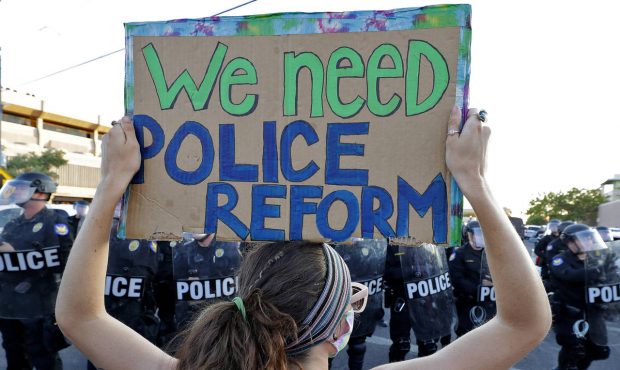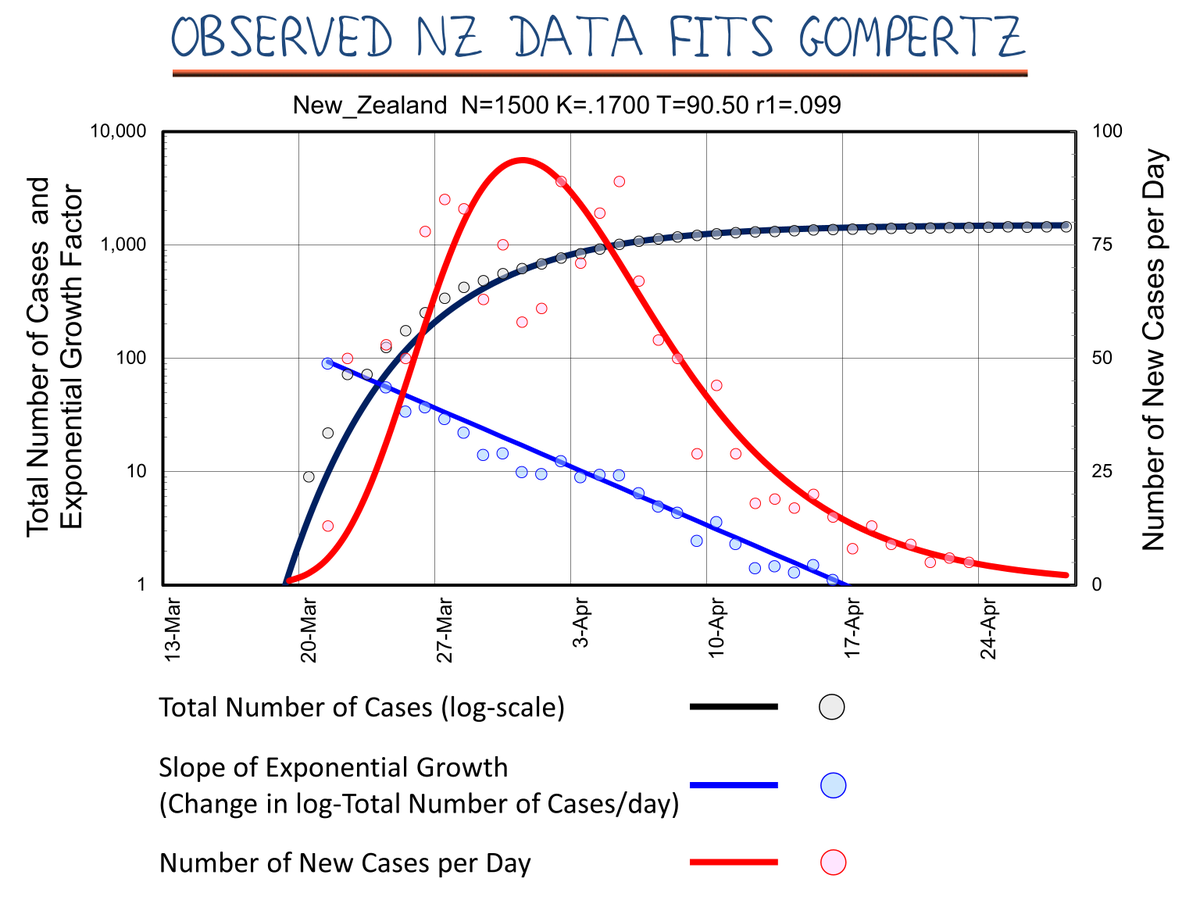Autocracy In Small Steps
Note: Make an effort not to read this commentary as either praise for or criticism of liberal or conservative partisans; it is written to help us understand how to defend our democracy.
1860: The Disunited States
History may record the contemporary fragility of American unity and democracy as greater than any since the 1850s, the decade that preceded the secession of the southern states and set the stage for the Civil War. In 1858 Lincoln’s foremost concern was the partisan divide over slavery fueled by emotions and economic concerns. In his famous "House Divided" speech, he stated “A house divided against itself cannot stand ..." Lincoln strongly believed Americans should pledge their allegiance to the union first above any political party. Two years later Abraham Lincoln was elected president and 11 states succeeded and formed the Confederate States of America. The confederacy ended four years later crushed by the loss of the Civil War. The country reunited but the strife of slavery and racial tension continued. Reuniting the Union did little to alter the sentiment that white-skinned people were superior to people of color.
Racial Tension Persists
By the 1930s inequality between Afro-Americans and the "white" population was so great that the federal government could secretly authorize using Afro-Americans as laboratory subjects in a dangerous Alabama research project: The Tuskegee Study.
From 1932 through 1972, the United States Public health Service (USPHS) and the Centers for Disease Control (CDC) pretended to "treat" black men in Alabama between the ages of 25 and 60 for "bad blood," a local term used to describe many ailments, including syphilis, anemia, and fatigue. Black men, mostly descendants of slaves, were tricked into participating in life-threatening "experiments in nature." Unknown to the participants, the Tuskegee Study was a devious means of studying untreated syphilis. When the study ended, 128 participants had died from syphilis. This tragic abuse continues to contribute to racial tension and black American distrust of medical science: the Pew Research Center reports that 44% of black Americans would not get a coronavirus vaccine if it were available today compared to 25% of Hispanic and white adults.
Government Becomes the Problem
While racial tension persisted, other grievances activated a number of social movements that bonded liberals to the Democratic Party. The two decades following 1960 featured the civil rights movement, the Vietnam War protests, the anti-establishment counterculture movement, the women's rights movement, the gay rights movement, and the environmental movement. Liberals viewed the government as a problem solver but that invited more constraints on freedoms which became an important part of the conservative agenda.
At the same time, free-market economic and social policies promoting less regulation and fewer and individual liberties attracted conservatives to the Republican Party. The New Christian Right coupled with the Republican Party, enhancing their political clout to promote anti-abortion and anti-LGBTQ movements, and to counter the decline in religious authority.
In the 1980s Ronald Reagan, a highly popular president, provided momentum to conservative causes by launching the anti-government movement. Reagan proclaimed in his 1981 inaugural address, "In this present crisis, the government is not the solution to our problems; government is the problem." Reagan advocated restricting regulation, reducing taxes, limiting government spending, and promoting free markets. However, his free-market stance did not extend to international trade. Instead, he initiated a "nationalist" movement that became an integral part of Trump's administration more than two decades later.
Trump's Tactics
Trump's authoritarian tactics were taken from the playbook created by Newt Gingrich. In 1995 Gingrich became Speaker of the House where he demonstrated the power of authoritarian tactics complete with name-calling, conspiracy theories, and unrestrained obstructionism (before Gingrich became a congressman, he revealed his political demeanor when he addressed young activists at West Georgia College stating "One of the great problems we have in the Republican Party is that we don’t encourage you to be nasty.")
Trump's personality was perfectly suited to adopt Gingrich's tactics. As Trump prepares to vacate the White House his fantasy of becoming the world's most powerful strongman makes him increasingly desperate even after he failed to overturn the nation's election laws by filing and losing more than 50 lawsuits and losing a last-ditch appeal to the Supreme Court. But, he lives in Trumpland where he believes he can get what he wants if he never gives up. We certainly have not seen the end of his quest to become America's autocrat.
Trump will leave the White House littered with vestiges of the most authoritarian government the United States has ever experienced. In four years Trump brought our nation closer to an autocracy than any other president in history. A look at how and why it happened hints at what may be ahead and what we can do to stop it.
Our Democracy Needs An Upgraded Foundation
Trump didn't move our country towards autocracy by debating fiscal policy, abortion, rights to worship, tax rates, or other traditional disputed policy differences between liberal and conservative opinions. He did it by adeptly exploiting the widening gap between the powerful elite and the neglected rank and file American workers.
The "checks and balances" mandated by the Constitution are susceptible to failure when the powers of the Legislative and Judicial branches of government are misappropriated by the Executive branch. Trump has: taken the majority of the Senate hostage, approved the appointment of nearly a quarter of all federal judges and three of nine Supreme Court judges, effectively recruited the Department of Justice (led by the "now-retired" Attorney General William Barr) to do his bidding violating a constitutional requirement to represent the citizens of the United States rather than the president.
Although the Founding Fathers understood this problem and established elaborate safeguards. They didn’t foresee pervasive digital communications capable of magnifying confirmation bias.
We Are Predisposed To Manipulation
Confirmation bias is an innate human characteristic. Evolution favored timely appropriate reactions over energy-depleting and time-consuming searches for evidence. "If it ain't broke, don't fix it" allowed us to survive where other species failed.
We have an affinity to confirm things we believe and we reject contrary information or opinions conserving the time and effort required to verify the underlying evidence. Our attitudes and opinions are rewarded with social acceptance when those around us share our views. But there are occasions when it is dangerous to avoid knowing more of the evidence underlying our biases: for example, rejecting without evidence vaccinations that impede the spread of harmful, even deadly, diseases.
Two decades ago, Andrew Wakefield, a British gastroenterologist, noted that eight children exhibited symptoms of autism one month after receiving an MMR (measles, mumps, and rubella) vaccine. Apophenia (of which confirmation bias is a subdivision) led him to postulate that the vaccine caused autism. Subsequent attempts to confirm that conclusion have failed; no recent research supports any link between vaccines and autism.
However, 45% of Americans polled in January of this year believe vaccines do cause autism. If a mother tells a friend a vaccine caused her child's autism, her opinion is baseless. If her friend repeats that to a neighbor who also believes it, then the neighbor's opinion also is baseless. The false belief is reinforced by apophenia when other parents note that their child also became autistic following vaccination. The more the belief is repeated, the more widespread is the belief that vaccines cause autism. This confirmation bias is held by nearly half the nation's adults. Of course, there are other reasons certain individuals should avoid specific vaccines but autism is not one of them.
Part of the blame for our propensity to engage in confirmation bias is embedded in our bodies. Confirmation bias releases dopamine, a powerful neurotransmitter that makes us feel good. Dopamine is released when we are having sex or eating our favorite food (and when one retaliates against a grievance which may explain why Trump rages on Twitter). Studies have demonstrated we also experience a rush of dopamine when socially engaging in shared opinions regardless of whether they are well-founded or baseless.
Confirmation Bias and Our Emotions
The 18th-century philosopher, David Hume proposed that humans are more influenced by their passions and emotions than by rationality. Hume proposed that we emotionally attach to an idea then rationalize it rather than the reverse.
No wonder confirmation bias in the hands of an authoritarian is a powerful tool that can manipulate masses of people. Scientific American explained Trump’s 2016 victory using neuroscience. "...our brain provides two different mechanisms of decision-making; one is conscious and deliberative, and the other is automatic, driven by emotion and especially by fear. Trump’s strategy does not target the neural circuitry of reason in the cerebral cortex; it provokes the limbic system.” The article goes on to state, "Trump continues to use the same strategy of appealing to the brain’s threat-detection circuitry and emotion-based decision process to attract votes and vilify opponents."
However, we can become more impervious to manipulation, and make better decisions, simply by becoming more aware of what we don't know.
"Should there be a single-payer healthcare system? Or merit-based pay for teachers? Participants were asked to rate their positions depending on how strongly they agreed or disagreed with the proposals. Next, they were instructed to explain, in as much detail as they could, the impacts of implementing each one. Most people at this point ran into trouble. Asked once again to rate their views, they ratcheted down the intensity, so that they either agreed or disagreed less vehemently."
Trump's Penchant For Autocracy
As has happened in a growing number of countries, a strongman, even a wealthy strongman, can be appealing to the neglected populace. Trump instinctively knew this and energized his audiences at rallies with promises to dislodge the elite politicians and make the country as great as it was before Washington politicians gave the educated and the wealthy all the spoils.
Trump wears a different cloak for each occasion. Prior to his first run for president, at various times he was registered as either a Democrat or Independent. Before announcing his candidacy, he registered as a Republican and switched from pro-choice to pro-life in part to attract evangelical Christian support without which he would not have been elected. Wall Street heard Trump's message that lower taxes would boost profits of corporations and investors, workers heard how migrant workers would be stopped from stealing jobs, Evangelicals heard they were under siege and Trump would protect them, farmers and sportsmen heard that Democrats would be stopped from forcing them to give up their guns.
Splitting the Nation
These messages are described by INSEAD, one of the top two business schools in the world, as the "splitting" strategy used by dictators to enhance their power. They magnify out-group threats and fuel in-group passions. Trump effectively split the nation into two emotionally charged groups by combining large portions of the Republican Party with loosely organized disaffected groups to establish a base consisting of half the nation's population. He demonized the other half of the population by characterizing them as socialists bent on replacing freedoms with regulations and restricting the disaffected groups' constitutional rights.
Trump energized his newly assembled base by promising to remake America and bring back the factories that once supported neglected workers. He promised to stop immigrants from displacing local workers and to deport undocumented workers. Trump promised to resolve other complaints of his new base. Made in China was replacing made in America on store shelves. Globalization improved opportunities for white-collar college-educated workers and the elite but left many of Trump’s supporters feeling disenfranchised.
Despite Trump’s personal shortcomings, including his obsession with self-importance, his brazen behavior, his unrelenting need for admiration, his intolerance for disloyalty, and his inherent lack of empathy or remorse, he recruited staunch support from the ranks of registered Republicans using threats and intimidation. The media portrays Republican members of Congress as fearing the wrath of Trump but congressional Republicans were as equally motivated by the carrot as by the stick.
The Republican Party has lost the popular vote in seven of the last eight last presidential elections. Frustrated moderate Republicans had, beginning with Reagan and magnified by Gingrich, developed a more combative approach to advance their agenda. With Trump at the controls, they realized their agenda could be more quickly achieved by politicizing the Justice Department, the Homeland Security Department, the State Department, and the intelligence community. They accepted demonizing the press as the enemy of the people and labeling liberals as socialists or communists. They were silenced by demands for absolute loyalty and shared Trump's hostility towards anyone considering "crossing the aisle."
How a Dictator Does It
Trump followed the dictator’s playbook and took control of public information outlets. More than any previous president he pressured friendly media outlets to echo his messages and insulate his supportive audiences from the vilified "mainstream media." He had the advantage of greatly expanding his reach using digital technologies, most notably Twitter. He effectively dominated daily political conversations by treating his bully pulpit as a reality TV show. Any information critical of Trump or his opinions was labeled "fake news" and countered with "facts" that he created by scripting reality.
Trump normalized lies, alternative versions of reality, vicious retaliation against critics, fabricated statistics, and denials of actions caught on tape. He succeeded because he mastered the art of partisan persuasion amplified with broadcast and social media combined with repetition. The more often people hear something the more they will remember it. The more often a lie is repeated the "truer" it becomes. Psychologists call this "the illusion of truth" effect.
But research has shown that repetition alone doesn’t normally override one’s knowledge (as opposed to opinion) so the propaganda tactic is most effective if coupled with confirmation bias. If Trump and his campaign repeat "Democrats want socialism" frequently enough, it becomes a true mantra among his followers, most of whom don’t know the definition of socialism. If Trump lies by repetitively declaring "the Democrats fraudulently stole the election," repetition makes it ring true and confirmation bias reinforces it. After the Electoral College certified the election of Biden, more than one-third of Republicans believed Trump lost (whether those opinions are strategic or are the result of confirmation bias is not known.)
Trump uses word tricks to impart desire and emotions to his statements. For example, he borrows the transactional language of salesmen to make baseless statements sound trustworthy --"believe me"-- "many people are saying." He uses name-calling to create positive or negative associations --"Crooked Hillary" -- "Shifty Schiff" -- "Slow Joe." And he speaks in fragments frequently departing from one subject to insert another before stating the implied evidence leaving his followers to fill in the blanks with their own interpretations that substitute emotions for evidence.
Most importantly Trump circumvents normal barriers by disregarding laws, precedent, protocol, and evidence that might prevent him from "winning." As he has done most of his life in business, he relies on lawyers, accountants, and other professional allies to employ technicalities to route money to himself, avoid taxes, and otherwise avoid the inconvenient requirements that the rest of us are obligated to accept. The potential consequence of that behavior is now Trump's worst nightmare.
All of the above should alert us to the next attempt to replace democracy with autocracy. That next attempt may be Trump again but the advice applies to any president who has autocratic aspirations. If all else fails, the ultimate weapon used by dictators is to use violence to overthrow resistant regimes.Trump Doesn't Shoulder All The Blame
Attributing the blame to Trump misses half the reason he was able to bring our country so close to autocracy. If we don't examine the missing half we risk repeating the experience perhaps irrevocably. You likely guessed the other half of the blame belongs to us collectively. We voted him in, then out, but with very narrow margins. And we voted in all the Republican Congress members who were needed to consolidate Trump's power. The last four years highlight how vulnerable our populace is to autocratic rule by a skilled manipulator; we narrowly escaped this time.
To repeat Hume’s belief, we make decisions based more on emotion than rationality. When governments cater to the fortunate few at the top of the socio-economic ladder neglecting the majority of people, it is not difficult to corral the anger of the oppressed. Two lines from ”Born in the USA" captures the essence of those we leave behind.
A significant portion of Trump's supporters will remain loyal -- especially those who "ain't got nowhere to go” -- and those who reap personal benefits from the support of Trump and his base. However, our Constitution demands we uphold the institutions that protect its democratic ideals and avoid an autocracy like the one we battled for our independence. We came close to joining Russia and Hungary, two countries that replaced democracies with autocracies by sanctioning rigged elections. Let's not repeat our mistakes.
A member of our extended family who supported Trump in both the 2016 and 2020 elections posted the following on Facebook when the recent election results indicated Trump had lost. It is an admirable example for all of us to keep in mind wherever we stand on the political spectrum.
”Good morning everyone.
Anyone who knows me know my political views. That being said, I want to state the following.
We, as a people, need to heal. This election has concluded..., and the next few weeks are probably going to be ugly. Continuing to belittle, degrade, and attack others is not the answer. We can, as one nation, choose to fall or choose to rise. Now.. right now is when we need to decide. Regardless of who won, this decision was before us. This election was only the catalyst of issues that we’ve had for a long time.
Be kind to others, work hard, and together we will be an amazing nation again.
Thank you.“













/arc-anglerfish-arc2-prod-dmn.s3.amazonaws.com/public/UTWQB3EBYJEUVCKIXFVOJA7YBA.JPG)



